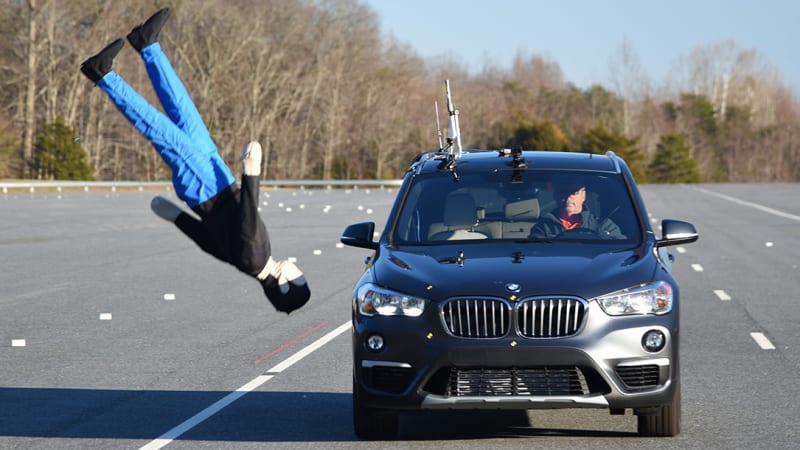Audi Repair Shop Doylestown
Call 267 279 9477 to schedule a appointment

The
Insurance Institute for Highway Safety
has completed its first round of new testing for automatic emergency
meant to mitigate or prevent collisions with pedestrians. Of 11 small
s evaluated,
gave “Superior” ratings to four: the 2018-19
, 2019
, 2019
and the 2019
.
Five more earned an “Advanced” rating: the 2019
, 2018-19
, 2019
, 2018-19
and 2019
. IIHS rated the 2019
as “Basic,” while the 2018-19
received no credit.
The pedestrian autobrake test is the fourth crash-avoidance measure in IIHS’ stable of safety testing, adding to frontal crash avoidance, headlights and rear crash prevention, and it comes amid a
spike in fatal pedestrian crashes since 2009
. The institute says it wants to encourage automakers to include pedestrian-detection systems, which typically rely on front-facing mono or stereo cameras mounted near the rearview mirror, plus radar sensors in the grille that continuously scan the roadway and horizon. Such systems are standard on the
,
, Rogue,
and
.
IIHS says it conducts three pedestrian-crash simulations. The first, the most common type of crash involving a pedestrian, involves someone entering the street from the right in front of an oncoming vehicle. The second involves a child darting into traffic from behind two parked cars. And the third replicates an adult walking in the same direction as traffic, in a vehicle’s lane, near the edge of the road. IIHS conducted the first two tests at 12 mph and 25 mph, while the parallel scenario was done at 25 mph and 37 mph. Vehicles were scored according to their average speed reductions in five repeated test runs on dry conditions.
The four SUVs rated superior and five rated advanced had significant speed reductions, meaning they almost avoided or in some cases managed to completely avoid striking the pedestrian dummies. Only the Forester and RAV4 avoided hitting the dummies in each perpendicular test. The XC40 avoided the adult dummy and the 45-inch child dummy at the lower speed of 12 mph.
Meanwhile, the autobrake system in the
helped mitigate its speed in the parallel adult test at 25 mph and the perpendicular child test at 12 mph, but it managed only minimal speed reductions in the other tests.
IIHS says the X1 didn’t brake at all in the highest-speed parallel adult simulation, and exhibited minimal to no speed reductions in the other tests. That’s despite being equipped with
‘s
Daytime Pedestrian Detection system
, which provides acoustic and visual warnings to apply the brakes and is touted as being able to automatically apply braking.
About two-thirds of front crash prevention systems offered on 2019 models include pedestrian detection capabilities, IIHS says.
Related Video:
from Autoblog https://ift.tt/2VfKukN